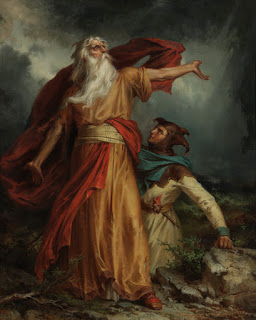Critically analyze the character of Antonio Roquentin in Nausea
In Jean-Paul Sartre's existential novel "Nausea," the character of Antoine Roquentin serves as the protagonist through whose perspective the narrative unfolds. Roquentin is a disillusioned and introspective writer who grapples with existential angst and the absurdity of human existence. His character undergoes a profound internal struggle as he confronts the inherent meaninglessness of life and wrestles with questions of identity, freedom, and authenticity. Character of Antonio Roquentin One of the key aspects of Roquentin's character is his acute sense of alienation and detachment from the world around him. He experiences a pervasive feeling of nausea, which symbolizes his existential nausea or existential crisis. This nausea is not just a physical sensation but a profound existential discomfort arising from the realization of the absurdity and emptiness of existence. Roquentin's experiences of nausea serve as a catalyst for his existential exploration, promptin...
.jpg)
